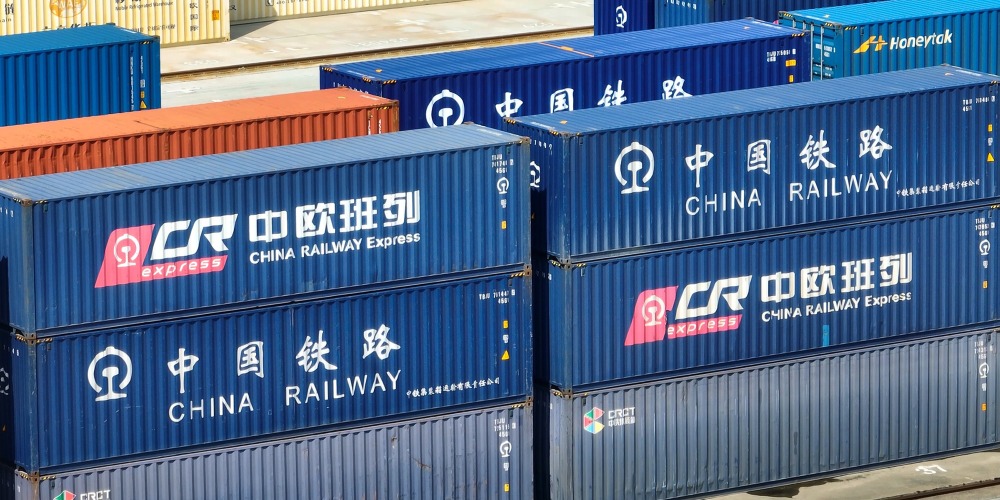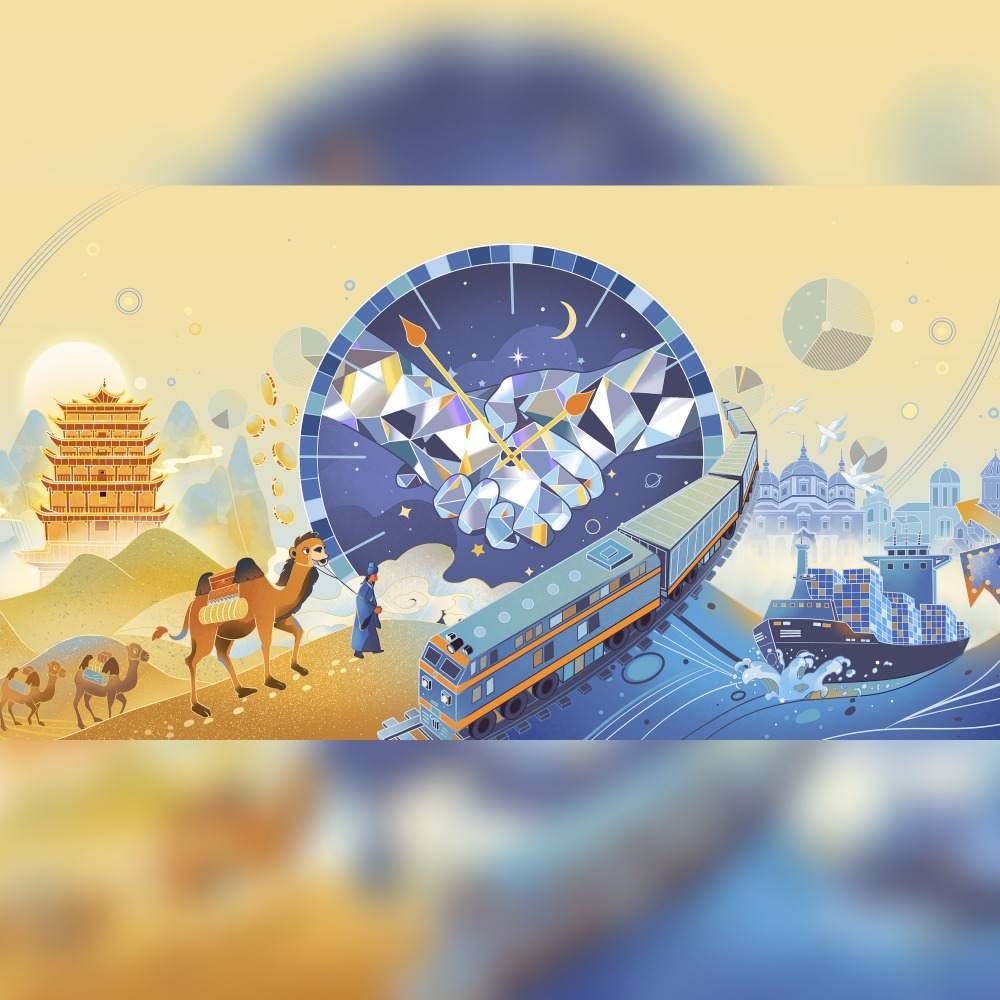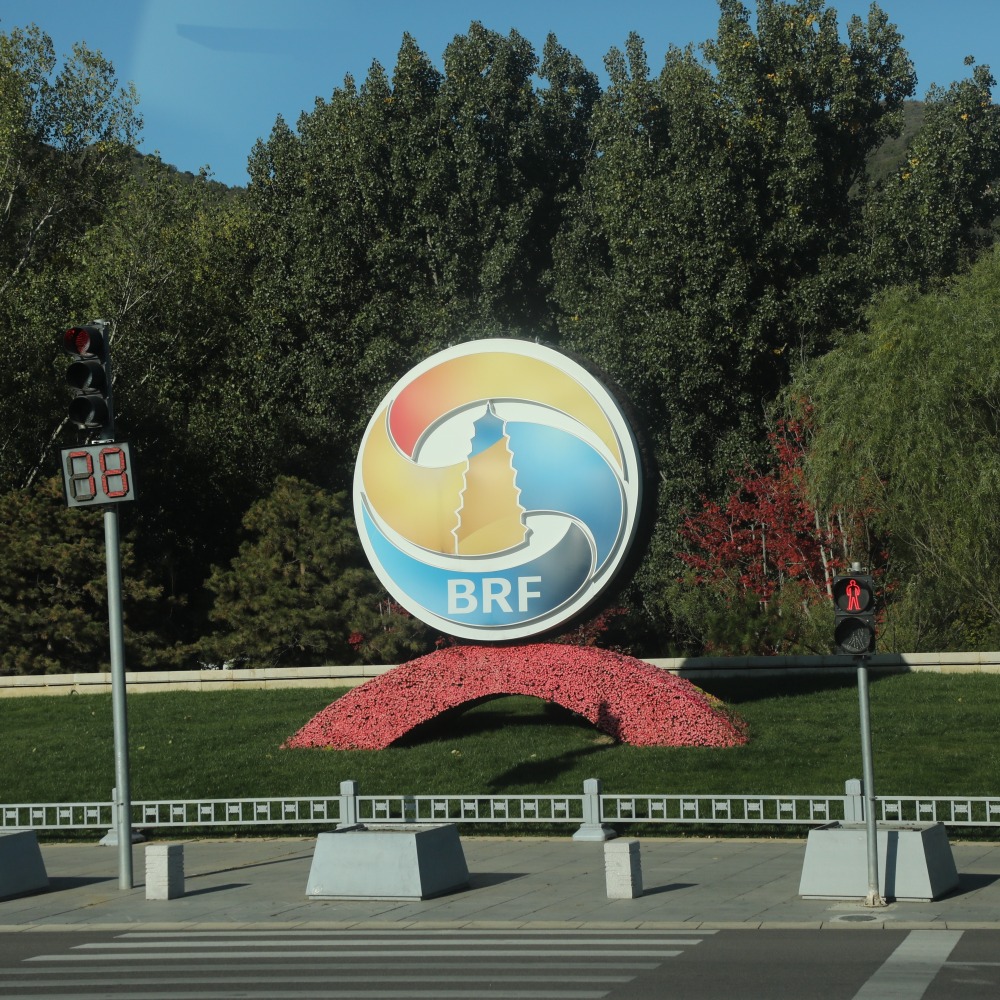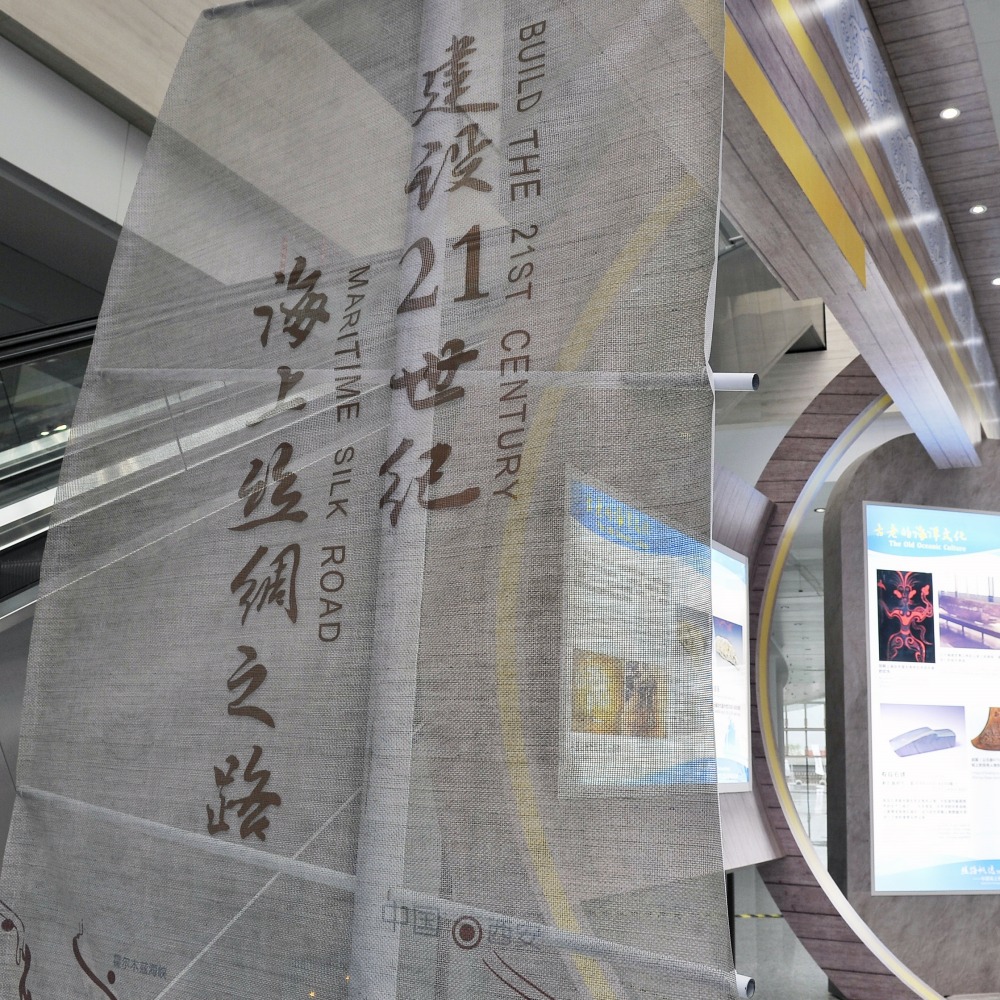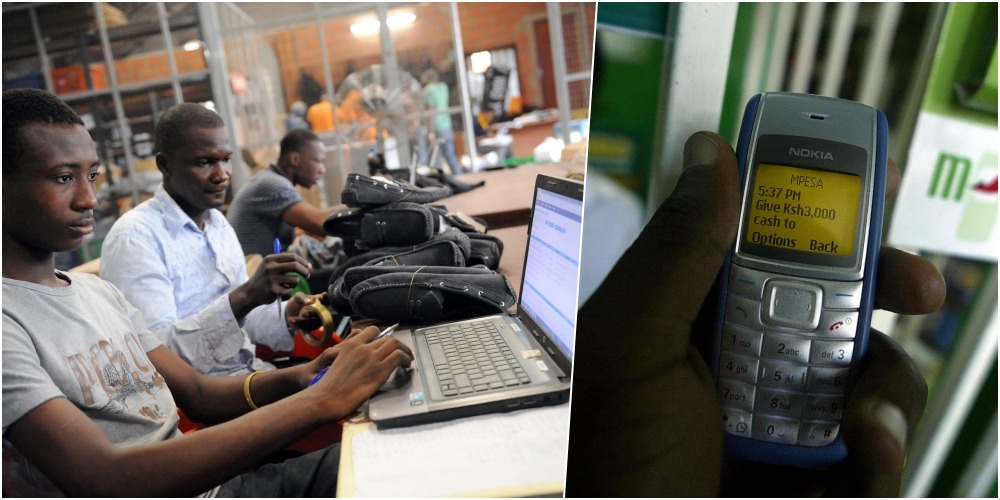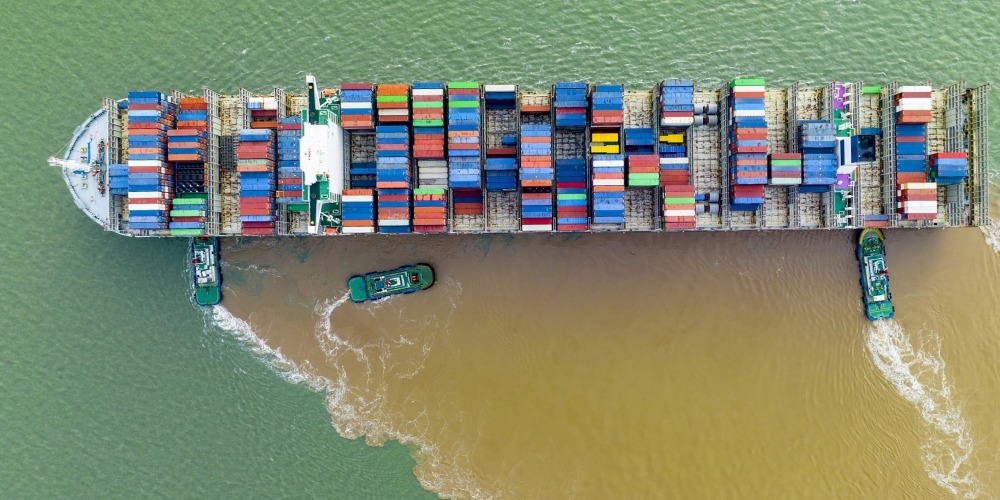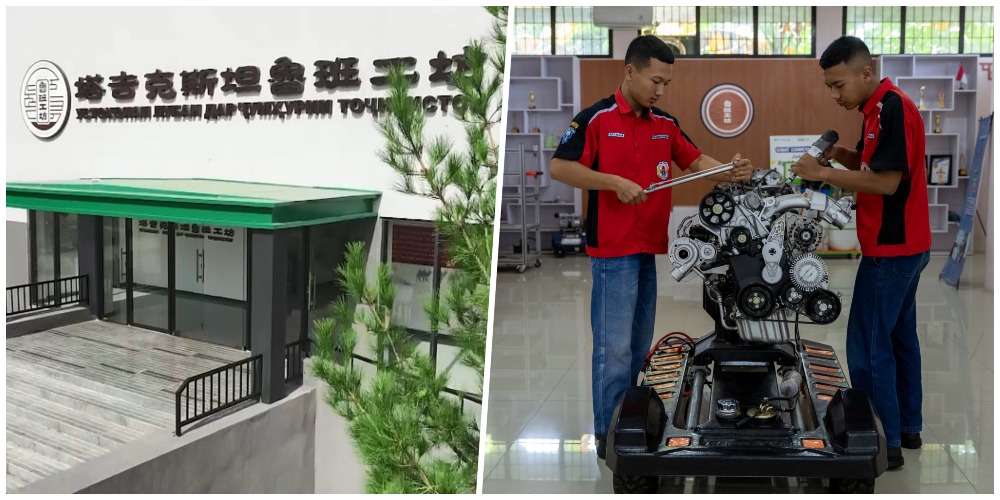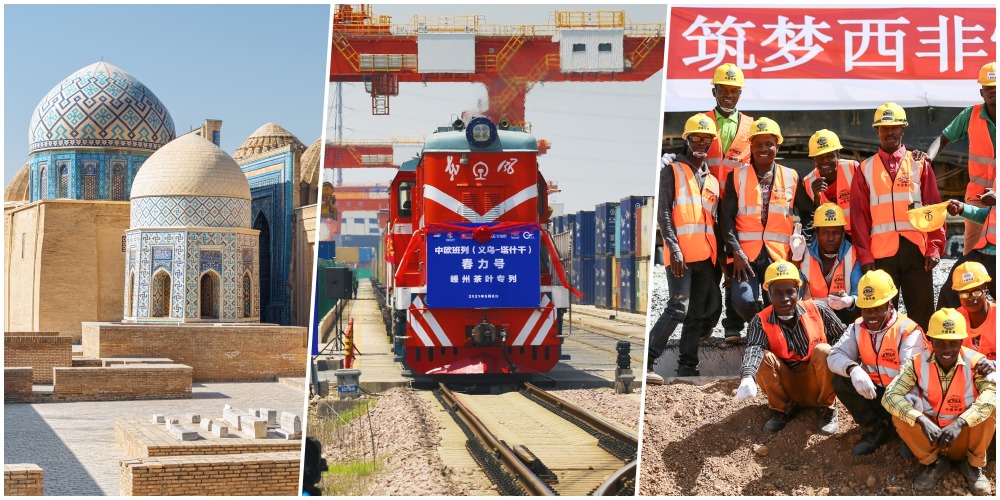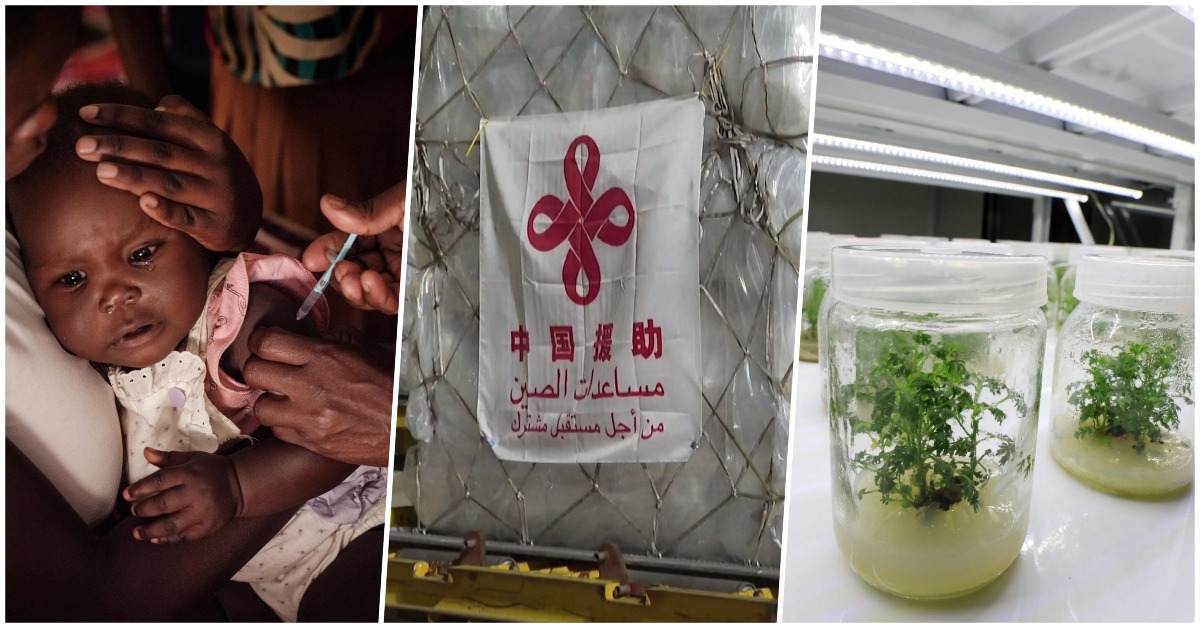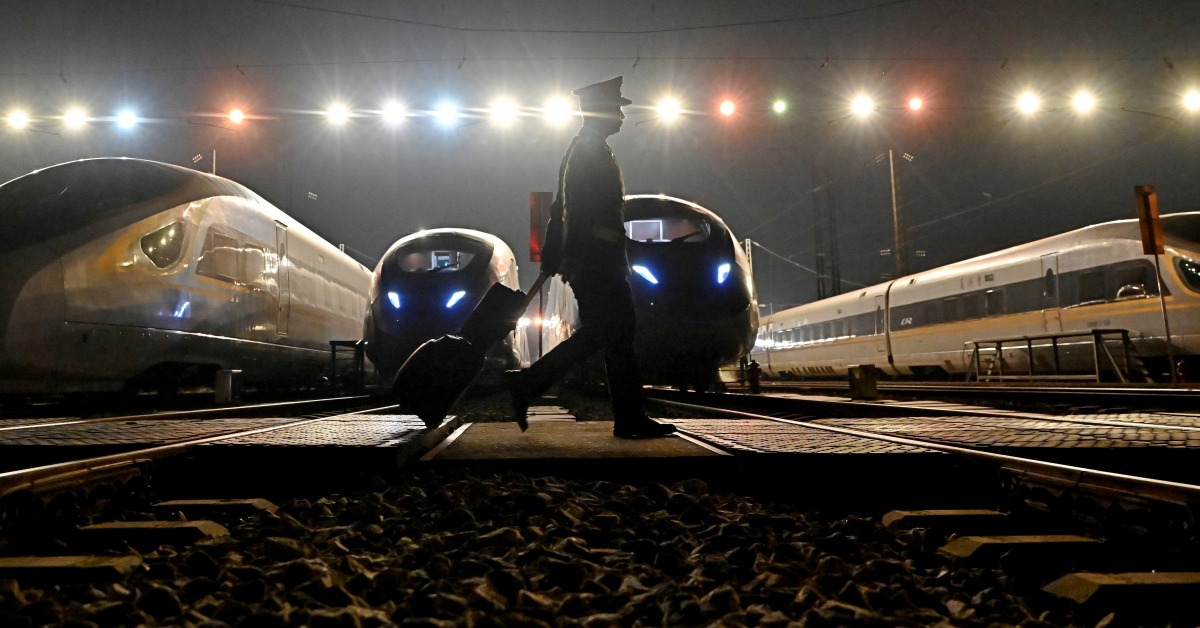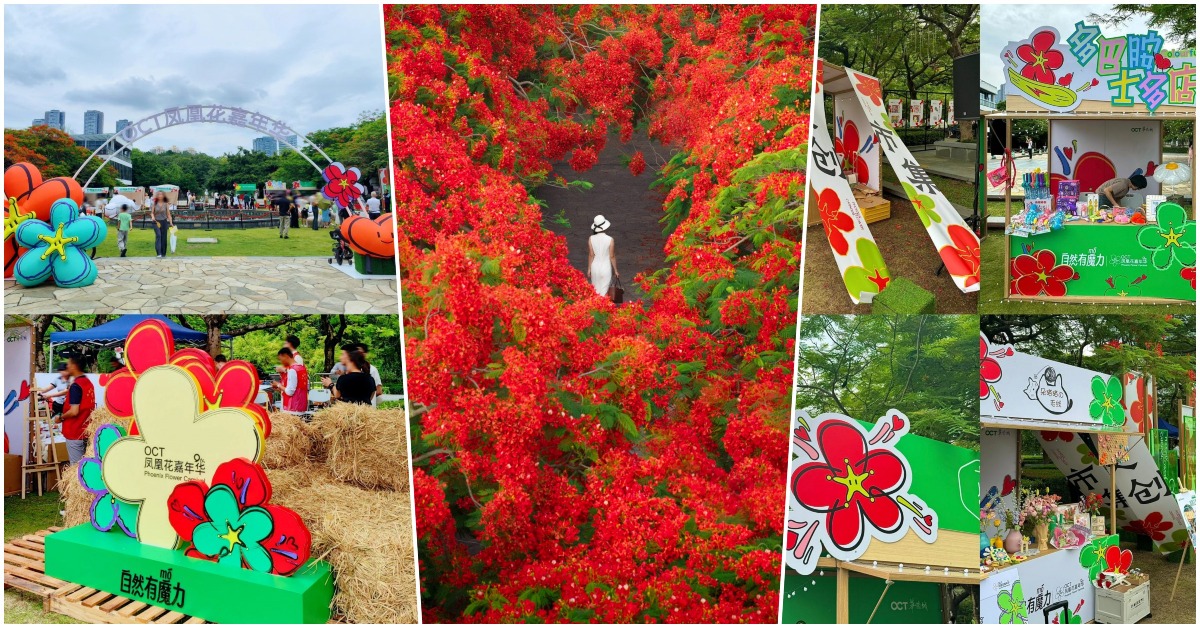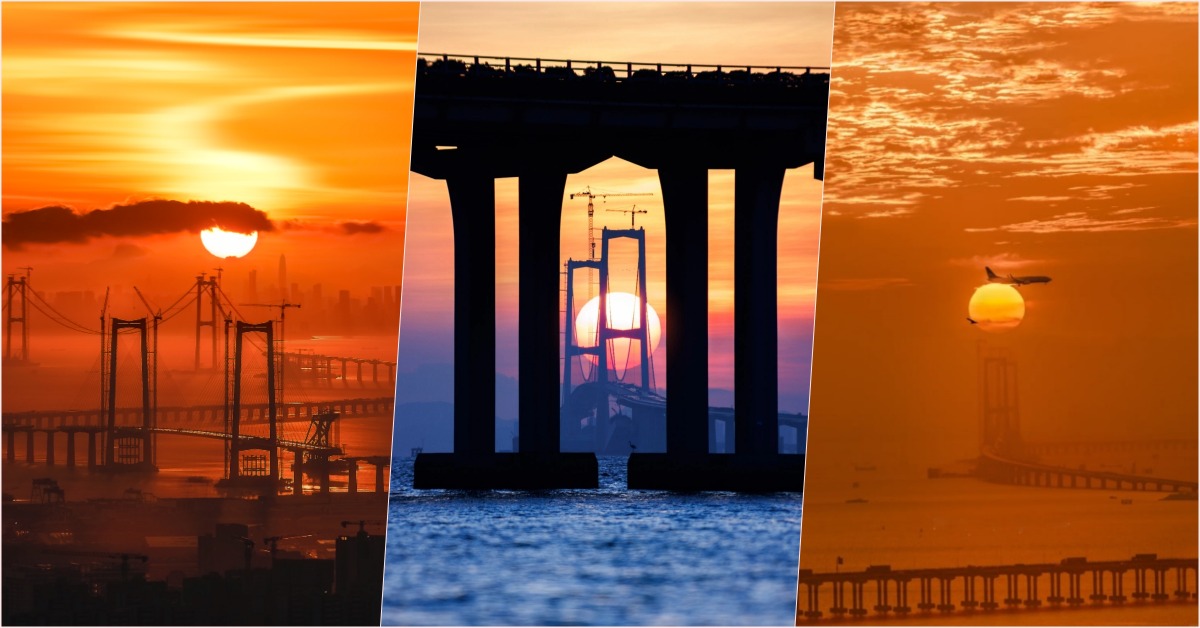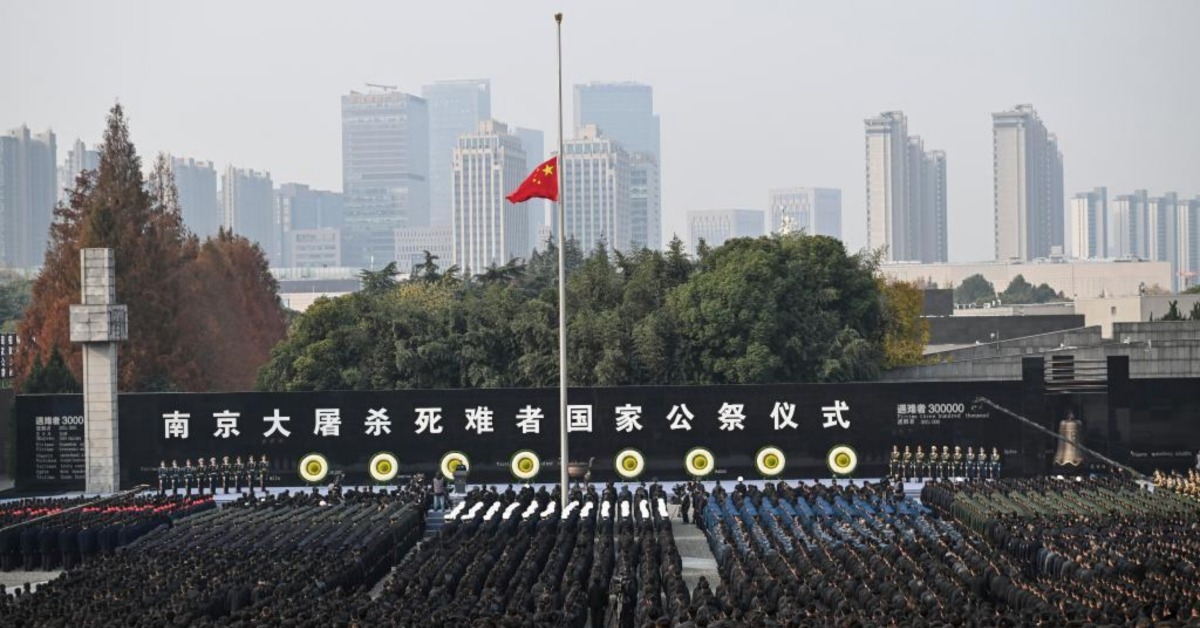Published : 2024-02-28
Since its proposal in 2013, the Belt and Road Initiative (BRI) has now reached its 10th anniversary. From a blueprint to today's reality, the Belt and Road Initiative has manifested into tangible development benefits for various countries and welfare for the people.
This article mainly introduces the China-Europe Railway Express, also known as the "Iron Camel Caravan".
What is China-Europe Railway Express?
Thousands of years ago, caravans of merchants travelled through the desert, exchanging resources, and carving out a Silk Road that connected the East and West.
Thousands of years later, another "Iron Camel Caravan" emerged on the Eurasian continent, sweeping across the East and West, facilitating the flow of goods, and benefiting the world. This is the China-Europe Railway Express.
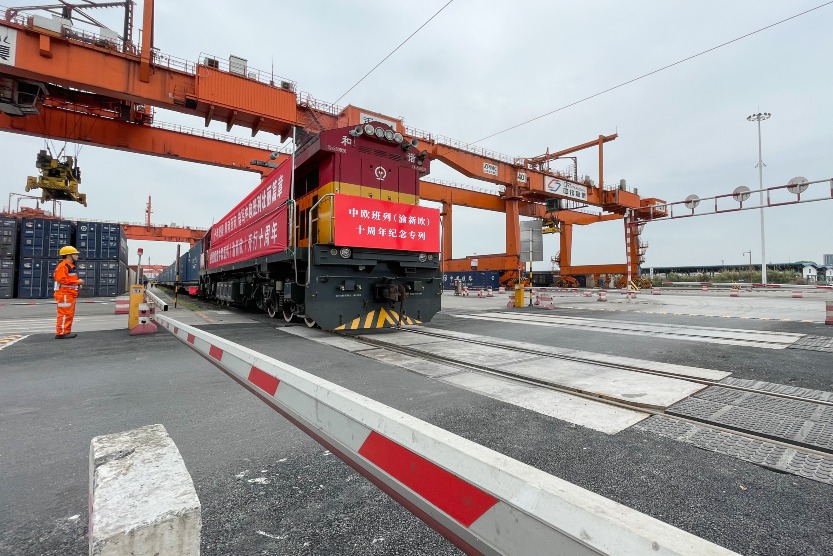
The first China-Europe Express train was born in Chongqing, located in the southwest of China, and was then called the "Chongqing-New Europe".
On March 19, 2011, the first "Chongqing-New Europe" train departed from the Tuanjie Village centre station in Chongqing, heading for Duisburg in Germany which was 11,000 kilometres away.
The train has shortened the travel time between western China and Europe from 40 days to 15 days.
Once, it was "time-consuming and costly" for Chongqing's products to be exported to Europe.
If they were shipped by sea, they had to cross 2,000 kilometres to the east to get to the sea, which took too much time. If they were sent by air, the cost was too high.
And then the "Chongqing-New Europe" was born.
What goods are transported by the China-Europe Railway Express?
After more than 10 years of development, 112 cities in China have launched the China-Europe Railway Express, forming three exit passages in the west, middle, and east, connecting more than 100 Asian cities and more than 200 European cities.
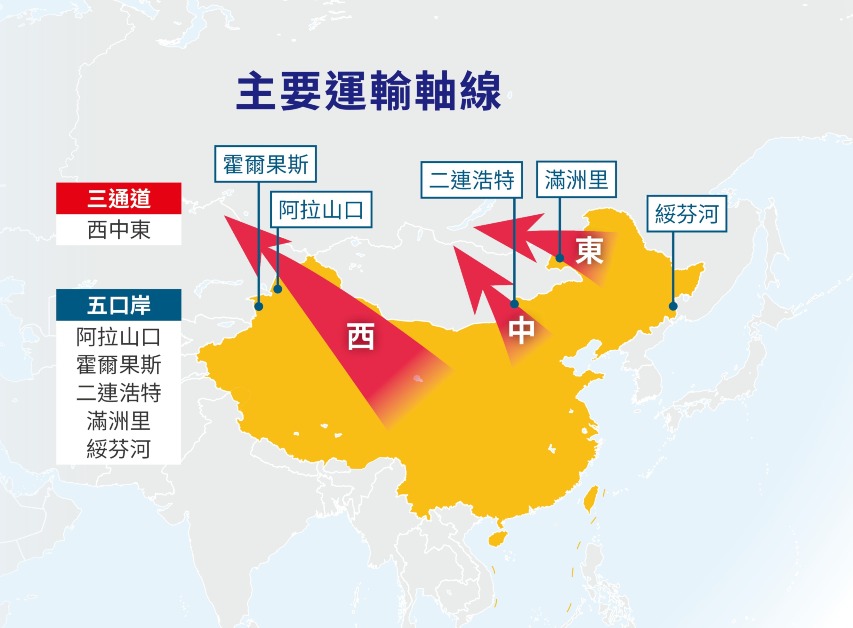
Chongqing, Zhengzhou in Henan, Chengdu in Sichuan, Xi'an in Shaanxi, Urumqi in Xinjiang, and other places have built demonstration projects for the aggregation centre of the China-Europe Railway Express, creating modern logistics hubs, transforming the China-Europe Railway Express from "point to point" to "hub to hub".
And the freight efficiency and service quality were improved.
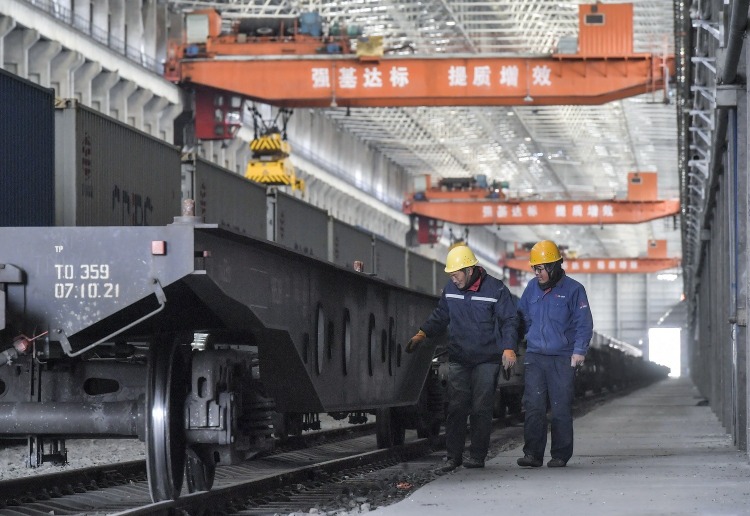
The goods transported by the China-Europe Express have expanded from mobile phones, computers and other digital products to 50,000 varieties in 53 categories, such as clothing, vehicles, food, lights, ceramics, tea, coffee beans, timber, wine, fruit and beef.
That makes more "Made in China" products enter the Central Asian and European markets, bringing back a variety of imported goods to China.
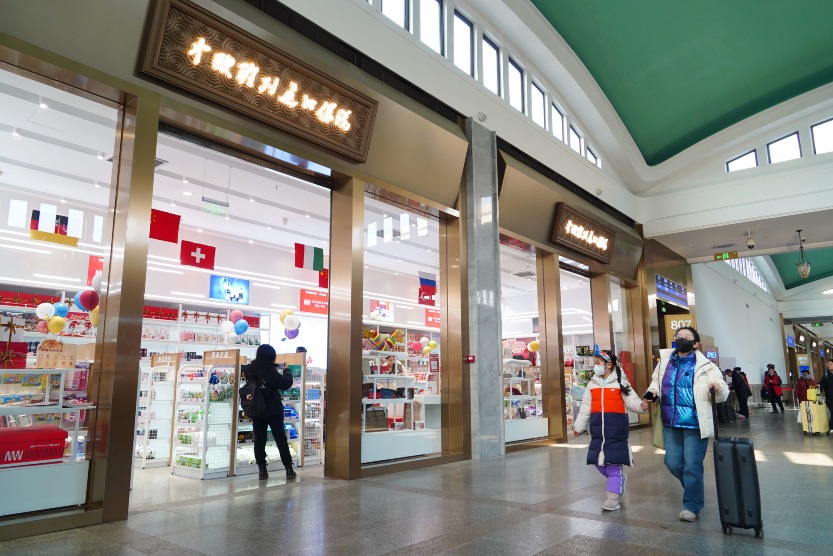
What are the advantages of China-Europe Railway Express?
Compared with sea, air and road transport, the advantages of the China-Europe Railway Express are now more prominent.
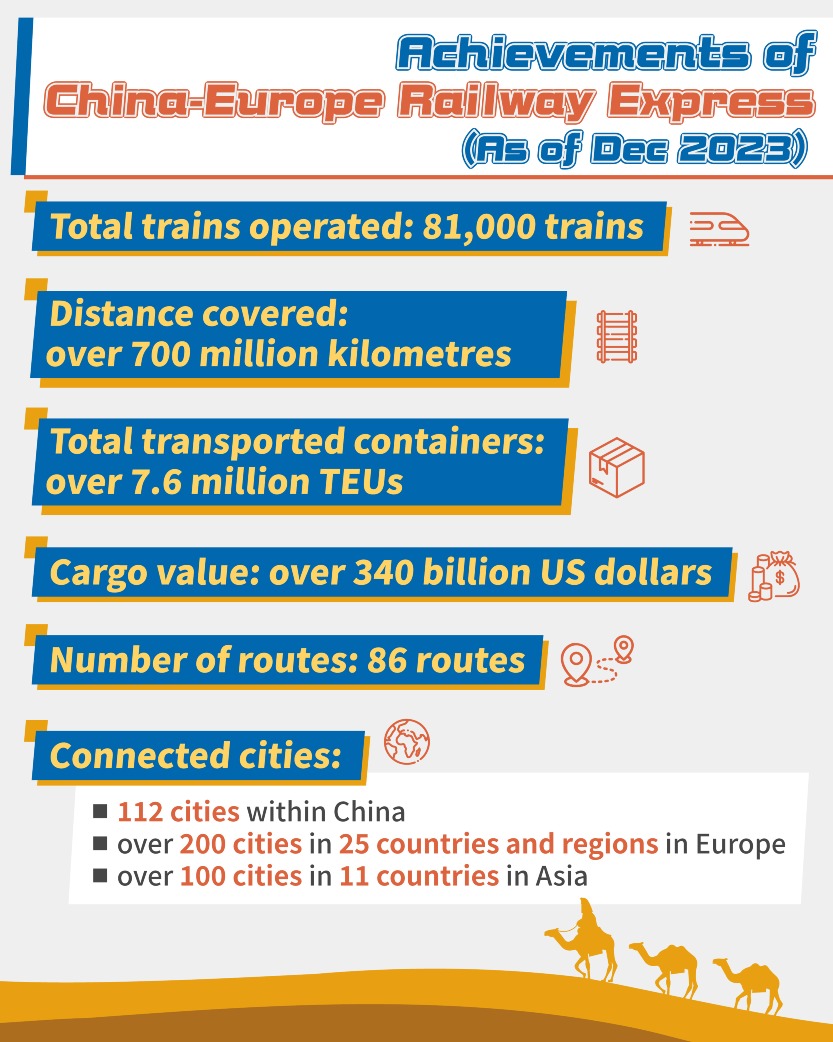
Data shows that from China to Europe, the transportation cost of the same batch of goods by the China-Europe Railway Express is about 1/5 of that of air transportation, and the transportation time is 1/4 of that of sea transportation.
The head of a timber company in Inner Mongolia revealed that each import of one tonne of timber saves 50 CNY compared to road transport. Based on an annual freight volume of 200,000 tonnes, it can reduce costs by nearly 10 million CNY.
At the same time, according to the person in charge of the cargo department of China National Railway Group, the average carbon emissions of the China-Europe Railway Express are 1/15 of air transport and 1/7 of road transport, making it more environmentally friendly.
As of February 2024, the GBA has regularly operated more than 3,000 China-Europe Railway Express services.
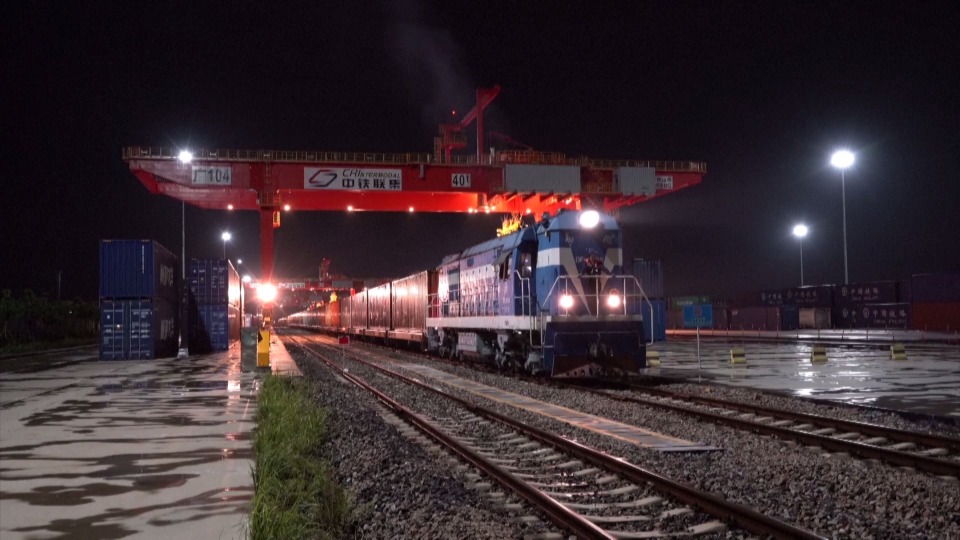
China-Europe Railway Express became a "lifeline" during the pandemic
High stability is another important advantage.
During the COVID-19 pandemic, when sea and air transportation were hindered, the China-Europe Railway Express became a "lifeline", with an average annual transport volume growth of 26.3%, and a total of nearly 15 million pieces of anti-epidemic materials were transported.
It also transported industrial raw materials and products, playing an important role in stabilising the international supply chain.
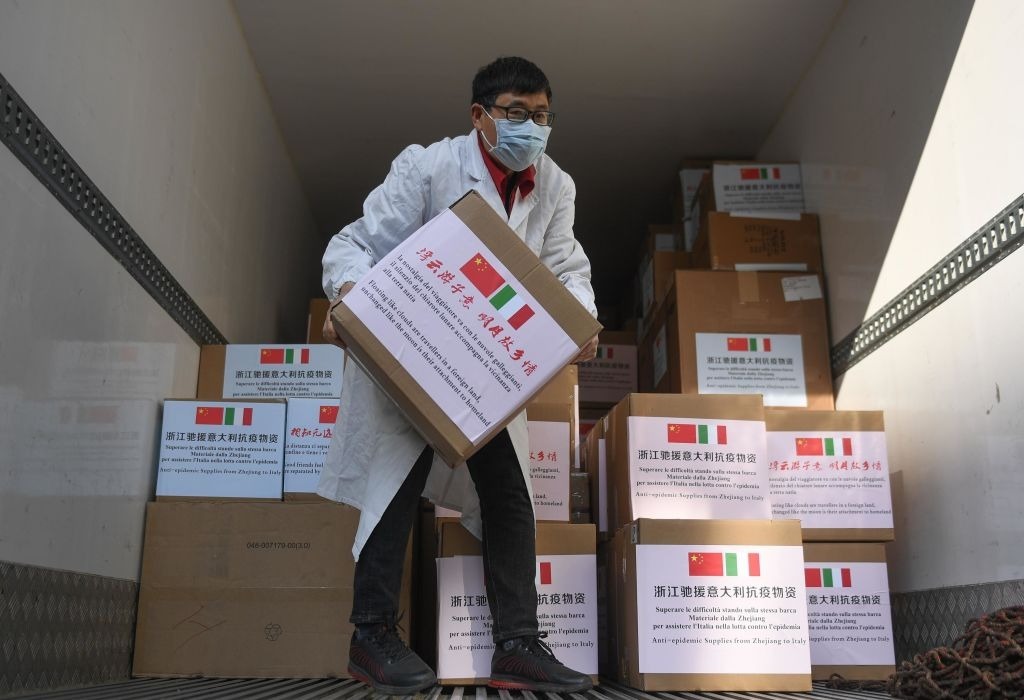
From one single route to 86 routes, from one-way export to balanced bilateral trade, from connecting to one European city to over 200 cities, over the past decade, the China-Europe Railway Express has "woven" a new transportation network on the Eurasian continent.
It has broken the international transport pattern dominated by sea transport, opened up a new Asian-European logistics channel that operates 24/7 and is green and safe with a large volume.
At the same time, as a flagship project of the Belt and Road Initiative, it has helped "Made in China" to reach out to the world, promoting economic development and livelihood improvement in countries and regions along the route.
